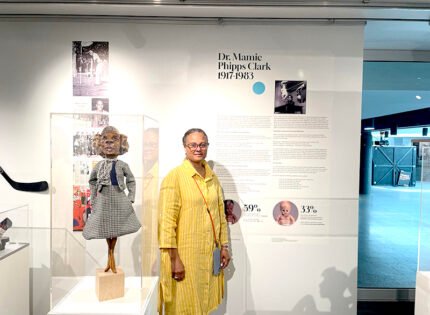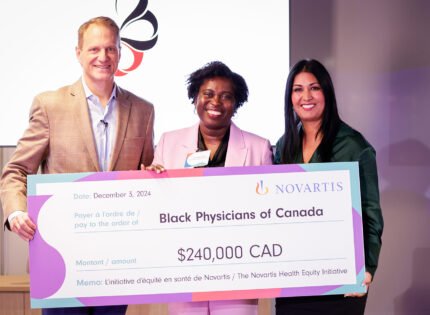 Am I the solitary member of the Homo sapiens genre who is not overly preoccupied, but nevertheless wonders how the pandemic will finally come to a close?
Am I the solitary member of the Homo sapiens genre who is not overly preoccupied, but nevertheless wonders how the pandemic will finally come to a close?
Yes, how will it all end and what message will be sent?
Will the politicians and health ministers come together, hold a press conference and declare victory over what divided them politically about the virus?
Will Prime Minister Justin Trudeau declare a national day of celebration, to be forevermore enshrined as a holiday?
Will he get on national television, thanking all Canadians for playing their part, or would there be an aircraft or perhaps a blimp, high overhead with a banner that reads in similar tone to President Bush’s MISSION ACCOMPLISHED but instead —VIRUS VANQUISHED.
Or will it fizzle away like the carbonation in an open soda can and everything — masks, social distancing, and fear will just fade away, gradually.
Seriously, what will the end of these months of anguish, personal lost and horror look like?
British historian and current Mc Gill University post-doctoral healthcare researcher
Dr. Agnes Arnold-Forster describes the two components of a pandemic—medical and social. The medical side deals with the number of new infections and deaths. The social side is more important and deals with fear. The researcher adds that you cannot have one without the other.
The last major pandemic, inadvertently misnamed the Spanish flu, the deadliest in history may provide a clue as to how the current pandemic might end.
Like the Corona virus, the 1918 flu was first observed in Europe, the United States and parts of Asia before swiftly spreading around the world. People thought it was over in 1919, but then came resurgence in 1920.
Canada’s death toll was around 55, 000 people, and this disaster is one factor that led to the creation of the federal Department of Health in 1919, and one of many steps that led to the creation of the Canadian health-care system as we know it today.
In the H2N2 or Asian flu pandemic of 1957-1958 Canada lost about 7, 000 people, compared to a worldwide death count of between one and two million people.
The United States during the H3N2 pandemic of 1968, produced nearly 22 million doses of vaccine, but by the time it was ready the worst of the pandemic had passed, and demand had subsided.
This “too little and too late” paradox played out again in 2009, when the world finally had the capacity to make hundreds of millions of doses of H1N1 vaccine; some countries canceled large portions of their orders because they ended up not needing them.
The widespread application of the Salk vaccine (introduced in 1955) and the Sabin oral vaccine (introduced in 1962) eventually brought polio under control in the early 1970’s. In 1994 Canada was certified “polio free”. How did these pandemics end?
On May 8, 1945, when World War II ended in Europe, flags were unfurled, bonfires were lit, and people packed the pubs. In Britain, a national holiday marked the end of terrible violence that left cities destroyed and millions dead.
For the Corona virus the scale of the damage—the lives lost, businesses shuttered, dreams shattered, children orphaned, seniors isolated—was crushing, and the path forward was both frightening and unknown.
There will be no national holiday, no day of mourning and no press conference.
The final chapter will draw to a close not through an official decree but with a sudden realization that Covid-19 no longer dominates our lives. There are still folks who are of the mindset that they will awaken one day, with the sun shining, and Drs. Horacio Arruda and Theresa Tam will announce, “ Covid is gone”. Sadly, that will never be the case.
Viral pandemics do not come with an “on/off” switch. Consequently, lacking a formal announcement of its end, the pandemic will be “over” when it’s over for you. It will be an individual decision, and many people are not prepared for how arbitrary the ending is.
Y. Sam
















